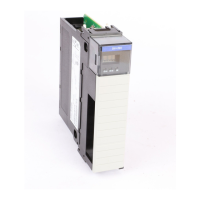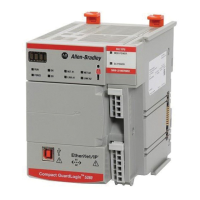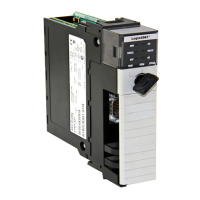Integrated Motion on the EtherNet/IP Network
16 Rockwell Automation Publication MOTION-RM003I-EN-P - February 2018
Attributes associated with components that are common to all axis instances of a
multi-axis CIP Motion device or module are detailed in
Module Configuration
Attributes on page 471.
The Motion Control Axis Object covers the behavior of various motion control
system devices that includes feedback devices, drive devices, standalone converters,
and motion I/O devices. For drive devices, the Motion Control Axis Object
covers a wide range of drive types from simple variable frequency (V/Hz) drives,
to sophisticated position control servo drives, with or without integral converters.
Many commercial drive products have axes that can be configured with
instructions to operate in any one of these different motion control modes
depending on the specific application requirements.
Based on the variations in Control Mode, and Control Method a set of basic
Device Function Codes have been defined that help organize the many attributes
of the Motion Control Axis. Each attribute has a unique identifier (ID).
See also
Control Modes on page 16
Control Methods on page 21
Motion Instruction Compatibility on page 22
Device Function Codes on page 91
Identify Motion Axis Attributes Based on Device Function Codes on page
95
Motion control modes are organized around the general philosophy that position
control is the highest form of dynamic control. That is, position control implies
velocity control, and velocity control implies acceleration control.
Acceleration is related to torque or force by the inertia or mass of the load;
respectively, acceleration control implies torque control. Because motor torque or
force is generally related to motor current by a torque or force constant,
respectively, torque control implies current control. The torque or force constant
can be a function of the motor magnets as in a Permanent Magnet motor, or the
induced flux of an Induction motor.
Because acceleration, torque/force, and current are generally related by a constant,
these terms are sometimes used interchangeably in the industry. For example, a
torque control loop rather than a current control loop. Motion Control Axis
Attributes let you differentiate between these control properties. This is useful
when the relationship between them is not static, such as when inertia/mass
changes with position or time, or when the torque/force constant changes due to
temperature change or motor flux variation.
Control Modes and Methods

